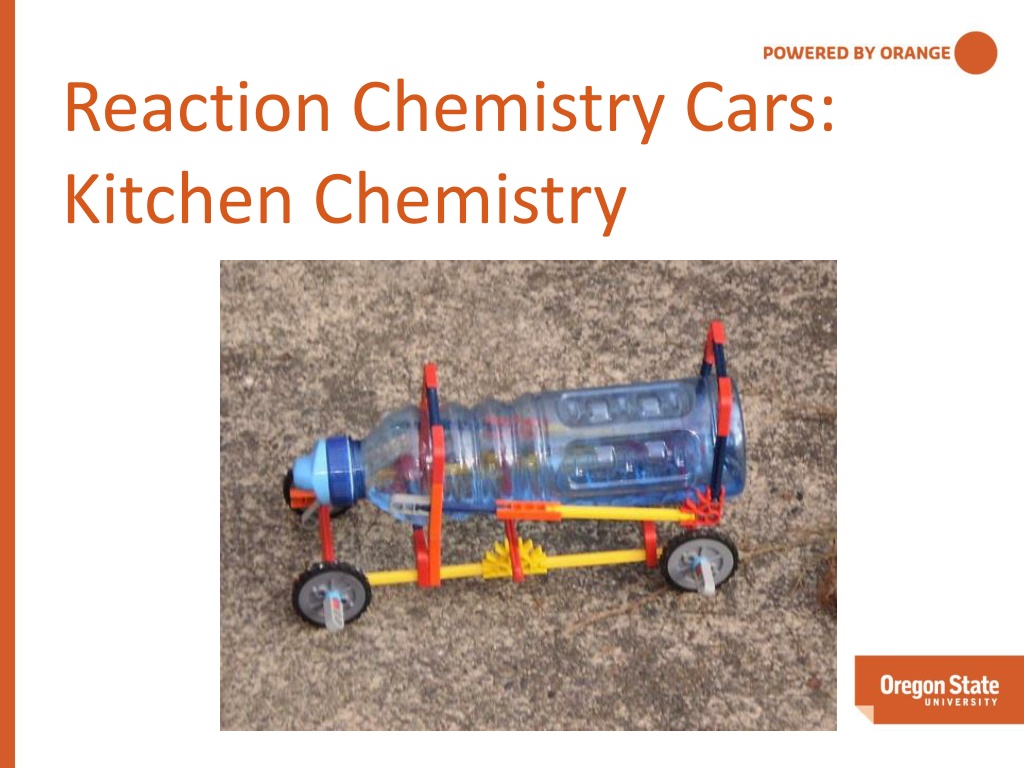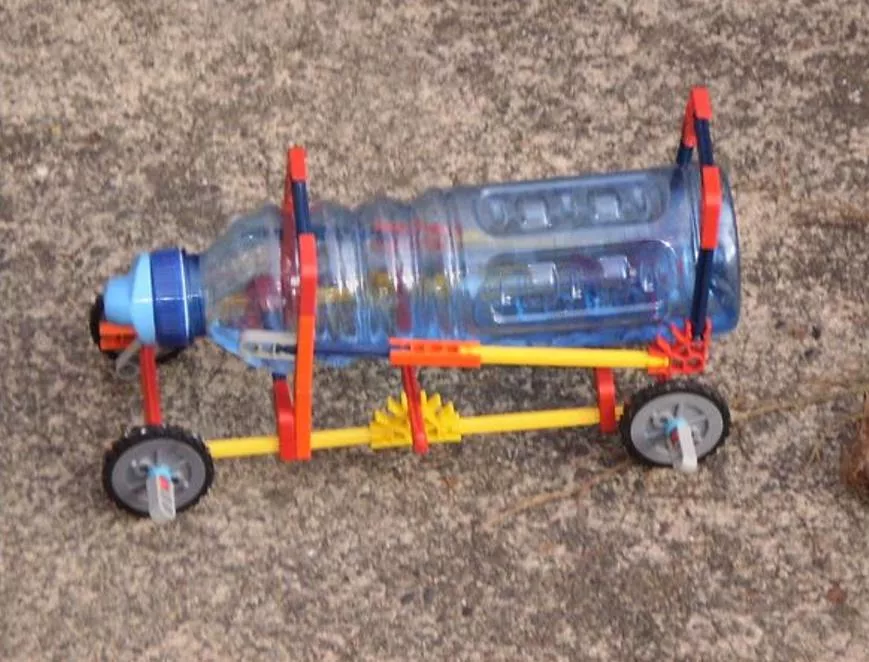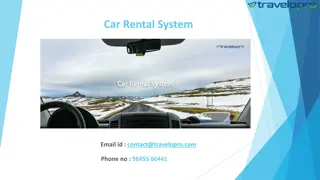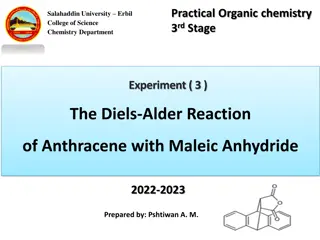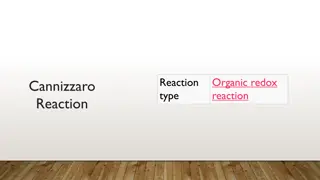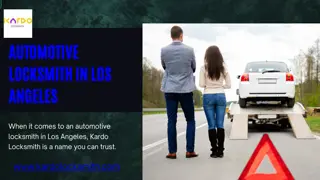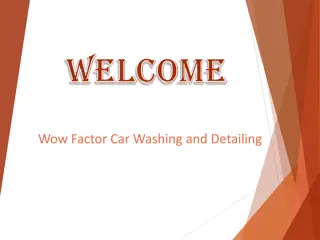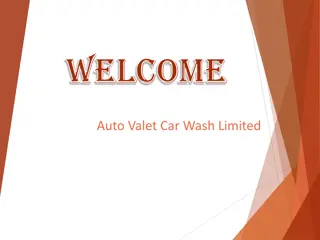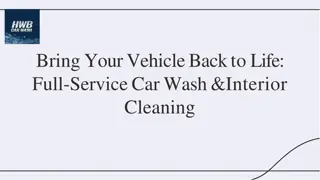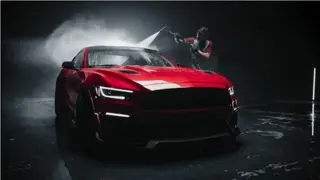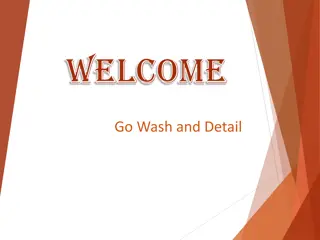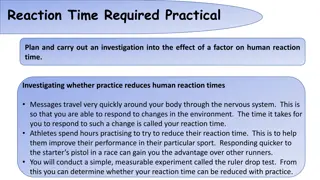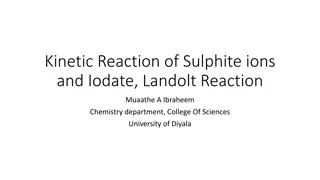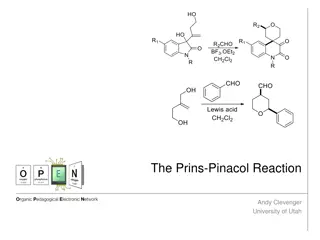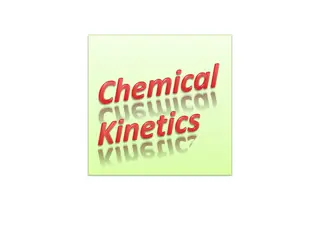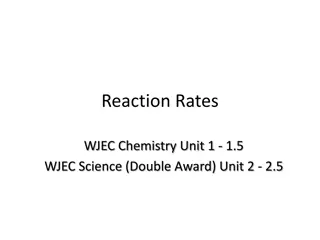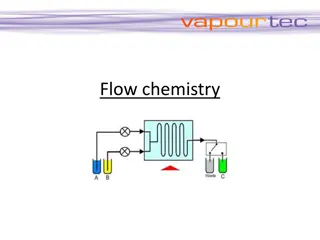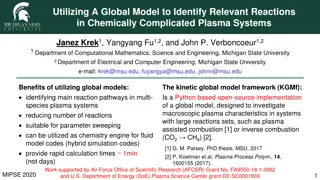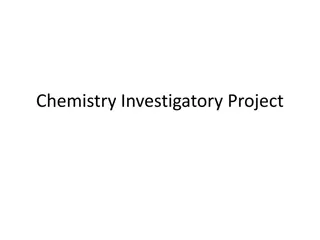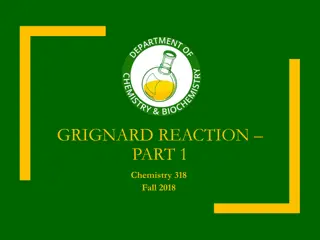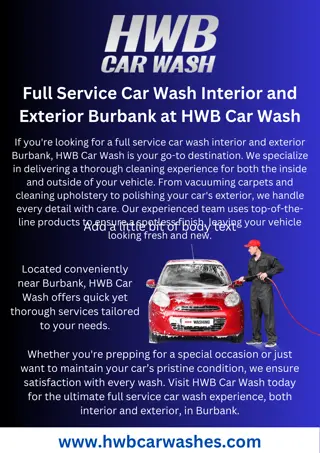Fun Chemistry Experiment: Building a Reaction Car
Explore the exciting world of chemistry with a hands-on experiment building a reaction car. Learn about acid-base reactions and propulsion systems while creating and racing your own car powered by water, vinegar, and baking soda. Follow safety guidelines and have a blast with this educational and interactive project.
Download Presentation

Please find below an Image/Link to download the presentation.
The content on the website is provided AS IS for your information and personal use only. It may not be sold, licensed, or shared on other websites without obtaining consent from the author.If you encounter any issues during the download, it is possible that the publisher has removed the file from their server.
You are allowed to download the files provided on this website for personal or commercial use, subject to the condition that they are used lawfully. All files are the property of their respective owners.
The content on the website is provided AS IS for your information and personal use only. It may not be sold, licensed, or shared on other websites without obtaining consent from the author.
E N D
Presentation Transcript
Reaction Chemistry Cars: Kitchen Chemistry
How does the reaction work? Acid-base reaction Water, carbon dioxide (CO2) products The bubbles coming from the car are CO2
Materials Bottle Water Sodium Bicarbonate (baking soda) Acetic acid (vinegar) Water 1000 mL graduated cylinder Measuring spoon Weigh boats K nex kits
Procedure 1. Measure reactants 6 g baking soda, 100 mL vinegar, 50 mL water 2. Build the car 3. Put the vinegar and water in the bottle 4. Go outside 5. When you re ready to race your car quickly add the baking soda and let the bubbles build 6. Make sure the end is not pointing at a person 7. Release the bottle end and watch the car go GENTLY SHAKE THE BOTTLES!
Thrust Thrust is a mechanical force, so the propulsion system must be in physical contact with a working fluid to produce thrust Thrust is generated most often through the reaction of accelerating a mass of gas Use the water to give the car more thrust
Building the Car: Things to Keep in Mind Do you want the bottle opening point up, down, or horizontal Wheel size How much water to add Adds thrust, but will also add weight Make the car go straight Secure the bottle to the car Keep the car from flipping over
Safety Do not add too much baking soda Dilute the vinegar with water Wear safety goggles at all times When the baking soda is in the bottle don t point the bottle at your team members Do not shake the bottles too much
